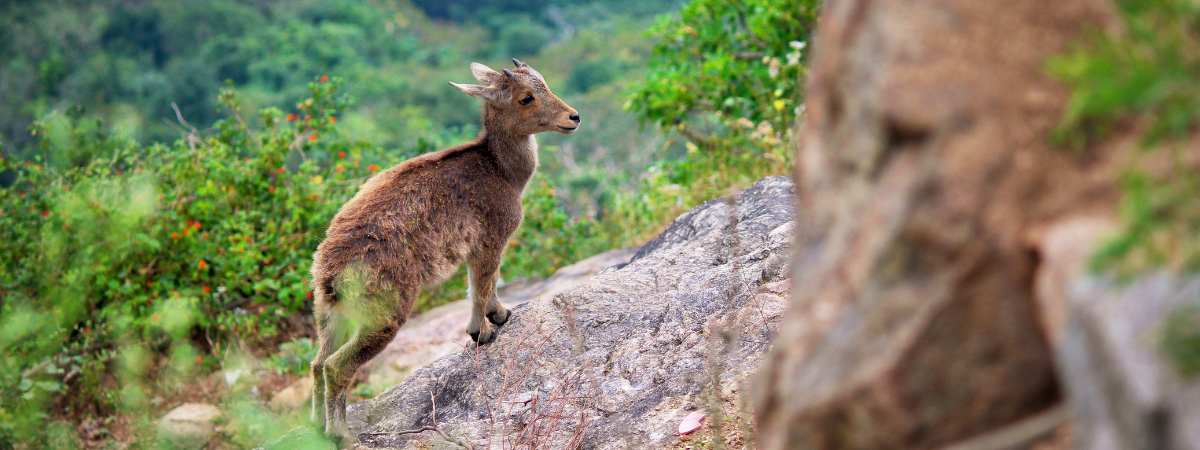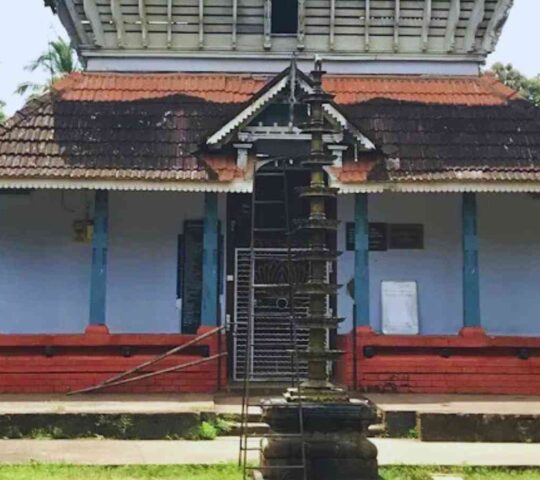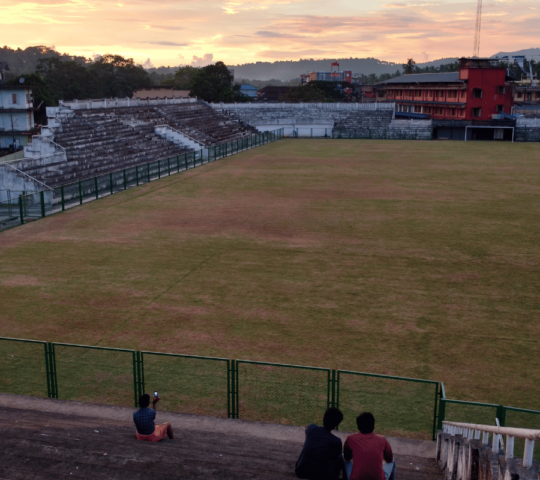Karimpuzha Wildlife Sanctuary
Hightlight
-
 Car parking
Car parking
-
 Non smoking
Non smoking
If you are looking for a wildlife adventure in Kerala, you might want to check out the Karimpuzha Wildlife Sanctuary, the newest and largest wildlife sanctuary in the state. This sanctuary was declared on July 3, 2020, and covers an area of 227.97 square kilometers in the Nilambur and Palakkad districts of Kerala and the Nilgiri district of Tamil Nadu.
The wildlife sanctuary comprises the New Amarambalam Reserved Forest and Vadakkekotta vested forest, except for the Manjeri colony of the Cholanaikar tribe. It is the largest wildlife sanctuary in the state of Kerala. Conservationists claim that the sanctuary houses nearly all the mammals that are endemic to the Western Ghats mountains in the state of Kerala. It is home to 226 bird and 213 butterfly species.
Read More
At a Glance
| Topic | Information |
|---|---|
| Name of Wildlife Sanctuary | Karimpuzha Wildlife Sanctuary |
| Location | Nilambur and Palakkad districts of Kerala and Nilgiri district of Tamil Nadu |
| Area | 227.97 square kilometers |
| Date of Declaration | July 3, 2020 |
| Contiguous to | Silent Valley National Park and Mukurthi National Park |
| Landscape | Forest rest houses, guest houses, camping, or trekking with prior permission from the forest department |
| Species | Lion-tailed macaque, Nilgiri tahr, tiger, leopard, elephant, gaur, sambar, sloth bear, 226 bird species, 213 butterfly species, 23 amphibian species, 33 reptile species, and several endangered fish species |
| Entry Point | Karulai, Nilambur taluk of Malappuram district |
| Best Time to Visit | October to March |
| Accommodation | Forest rest houses, guest houses, and hotels nearby. |
A Biodiverse Haven for Endemic and Threatened Species
The Karimpuzha Wildlife Sanctuary is part of the Nilgiri Biosphere Reserve, the first International Biosphere Reserve in India, and the Western Ghats, a UNESCO World Heritage Site. It is contiguous to the Silent Valley National Park and the Mukurthi National Park, creating a large protected area for biodiversity conservation.
The sanctuary has a diverse landscape, ranging from 40 meters to 2,654 meters above sea level, and hosting seven different forest types, from semi-evergreen to montane wet grasslands. This makes it a hotspot for flora and fauna, especially endemic and threatened species.
Some of the mammals that you can spot in the Karimpuzha Wildlife Sanctuary are the lion-tailed macaque, the Nilgiri tahr, the tiger, the leopard, the elephant, the gaur, the sambar, the sloth bear, and many more. The sanctuary is also home to 226 bird species, 213 butterfly species, 23 amphibian species, 33 reptile species, and several endangered fish species.
The Karimpuzha Wildlife Sanctuary is not only a haven for wildlife lovers but also a source of livelihood for the local people, including the tribal communities like the Cholanaikar tribe. The government is planning to implement ecotourism projects in the sanctuary to generate income and employment opportunities for them.
Plan Your Visit
The entry point to the sanctuary is from the Karulai, in Nilambur taluk of Malappuram district. You can reach there by road from Nilambur town, which is well connected by bus and train services from other major cities in Kerala and Tamil Nadu. You can also take a flight to Calicut International Airport or Coimbatore International Airport and then hire a taxi or a bus to Nilambur.
The best time to visit the Karimpuzha Wildlife Sanctuary is from October to March, when the weather is pleasant and dry. You can book your accommodation at one of the forest rest houses or guest houses near the sanctuary or in Nilambur town. You can also opt for camping or trekking inside the sanctuary with prior permission from the forest department.
The Karimpuzha Wildlife Sanctuary is a must-visit destination for anyone who wants to experience the beauty and diversity of nature in Kerala. It is a place where you can witness some of the rarest and most magnificent creatures of the wild in their natural habitat. It is also a place where you can learn about the culture and history of the local people who live in harmony with nature. So don’t miss this opportunity to explore this amazing wildlife sanctuary and make some unforgettable memories.
Photo by Balaji Malliswamy





